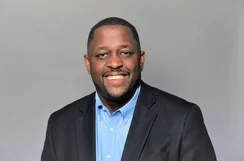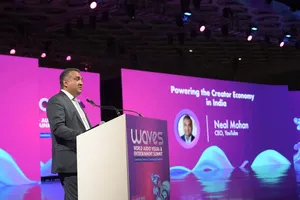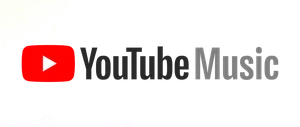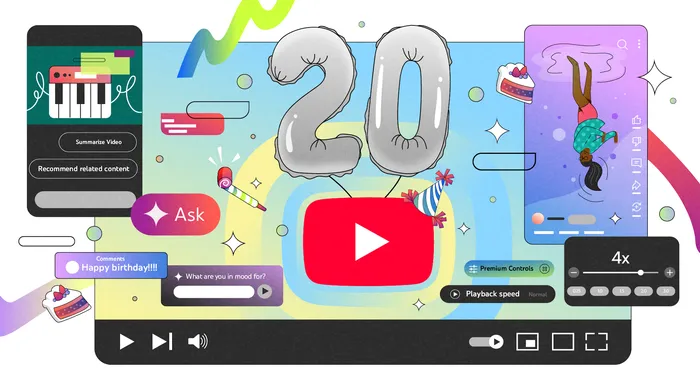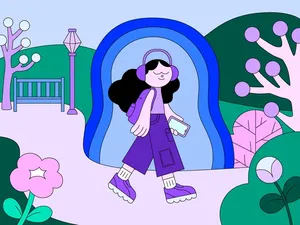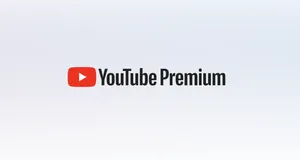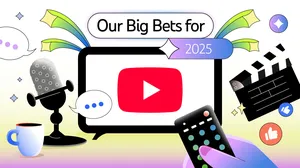Introducing new ways to help you find answers to your health questions
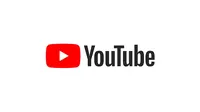
In our increasingly digital world, online sources have become an important resource for questions about our health. Whether you want to learn about the warning signs of stroke, understand the symptoms and treatment for breast cancer, or take charge of your heart health, YouTube is here to help you make informed decisions about your health journey.
Video, today, has the power to take complicated, clinical topics and make them understandable and accessible in ways text simply cannot. I believe that the next phase in health communication is video, where we can connect people and answer their questions in a way that is both visual and personal. I joined YouTube Health because I believe that this platform, with 2 billion monthly active users globally, has the potential to be a transformative tool for public health and can positively impact communities at scale. At a time when online video has become the entry point for all new users coming online today, YouTube has become an indispensable part of the lives of millions of Indians. 69% of users said that YouTube has been a reliable source of information since the start of the COVID-19 pandemic 1 .
At YouTube Health, we’re working to make it easier for people to find authoritative information to help answer their questions, and we’re putting health professionals at the core of our efforts to connect people with helpful content. Over the last year, we partnered with leading health organizations like Apollo Hospitals and Max Healthcare, as well as with clinicians and creators, and continued to increase the accessibility of high quality and credible health content on our platform. These organizations are creating engaging, evidence-based videos that really connect with people, such as Apollo Hospital’s #SpotAStrokeFast series, Max Healthcare’s #DilKiBaat series, Sahyadri Hospitals’ comprehensive look at breast cancer, Amrita Hospitals’ COVID care series and iCall’s collaborations with creators like Vitamin Stree and Sarah Sarosh to raise awareness for Mental Health, and many more.
Moreover, we’ve introduced ways to get the latest COVID-19 information and education out and reach billions of people. Recognizing the need for access to credible information that addressed widespread misinformation around the pandemic and vaccine hesitancy, we created a destination where users can find reliable answers to their questions in 8+ Indian languages from authoritative sources featuring content from the Ministry of Health and Family Welfare, leading hospitals as well as popular creators.
Since February 2020, our info panels and efforts to help users find authoritative COVID-19 information across YouTube’s homepage have been shown more than 250B times in India. We also launched health panels for depression and anxiety to provide users with helpful, easy to understand information from authoritative sources, so that they can make more informed decisions about the content they watch and care or support they seek.
And now, we’re announcing two new ways that we’ll surface credible and relevant health information for people in India.
Starting this week, you’ll see new features next to some health-related searches and videos. We’re adding new health source information panels on videos to provide context to help viewers identify videos from authoritative sources, and health content shelves that more effectively highlight videos from these sources when you search for specific health topics.
These context cues, which will be available in English and Hindi, are aimed at helping people more easily navigate and evaluate credible health information. People will still be able to find relevant videos from a range of sources in their search results.
Health Source Information Panels
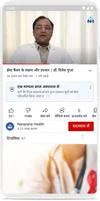
To identify which sources to include in these new health features, we initially used a set of principles developed by a panel of experts convened by the National Academy of Medicine (NAM) in the United States. As we look to expand these features internationally, we want to ensure a consistent set of principles to identify authoritative health sources across the globe. The World Health Organization and NAM recently convened a meeting of interdisciplinary experts from around the world to review and validate the principles for global application.
This is our first step towards identifying and designating authoritative health sources on YouTube. While only accredited health organizations and government entities are currently included in our health context features, we’re exploring ways to broaden eligibility and evaluate inclusion of other health sources, as well as ways to expand these features globally.
Health Content Shelf
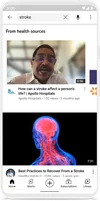
I’ve spent my career trying to advance the ways that we can better reach people with the information they need to make the right health choices for themselves and their families, and I’ve had a front row seat as our approaches evolved from pamphlets handed out at doctor’s offices to online patient portals and telemedicine.
Throughout my years of working in public health and practicing medicine, I have seen the benefits of getting the right information to patients when they need it. These new features are an important step to improve our platform’s role in connecting people with high quality information. We know that there is more work to be done and our investment will continue for the long-term.
"WHO online consultation meeting to discuss global principles for identifying credible sources of health information on social media" by the World Health Organization is licensed under CC BY-NC-SA 3.0 IGO.
